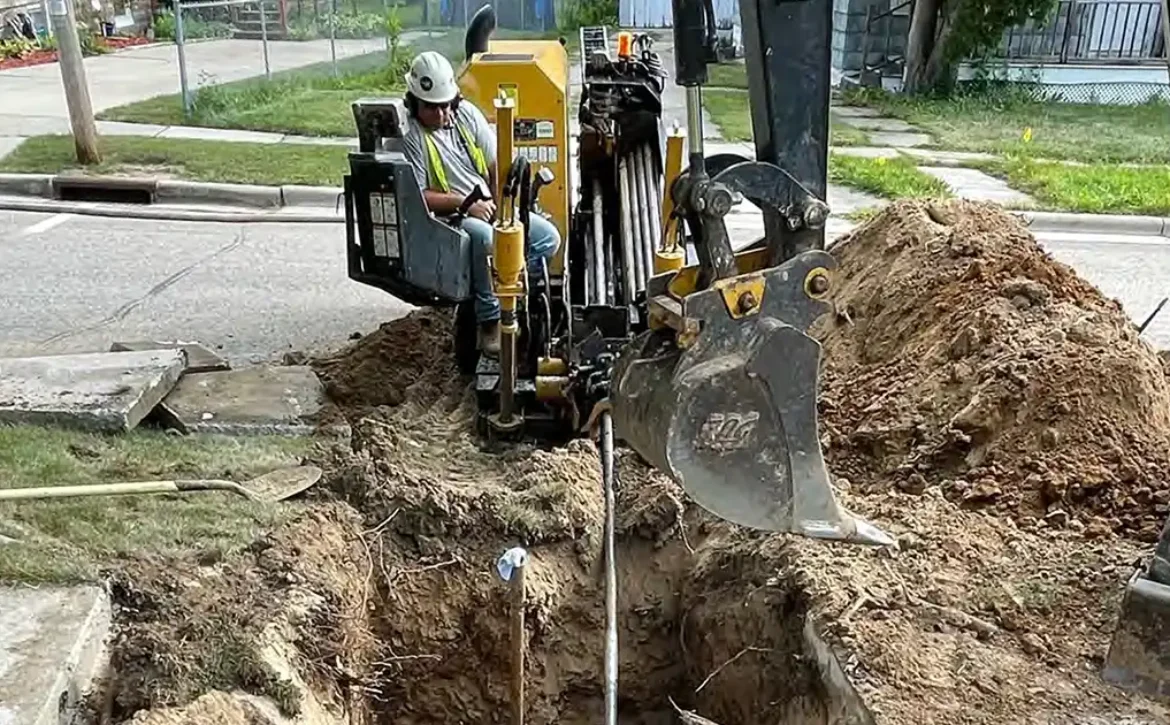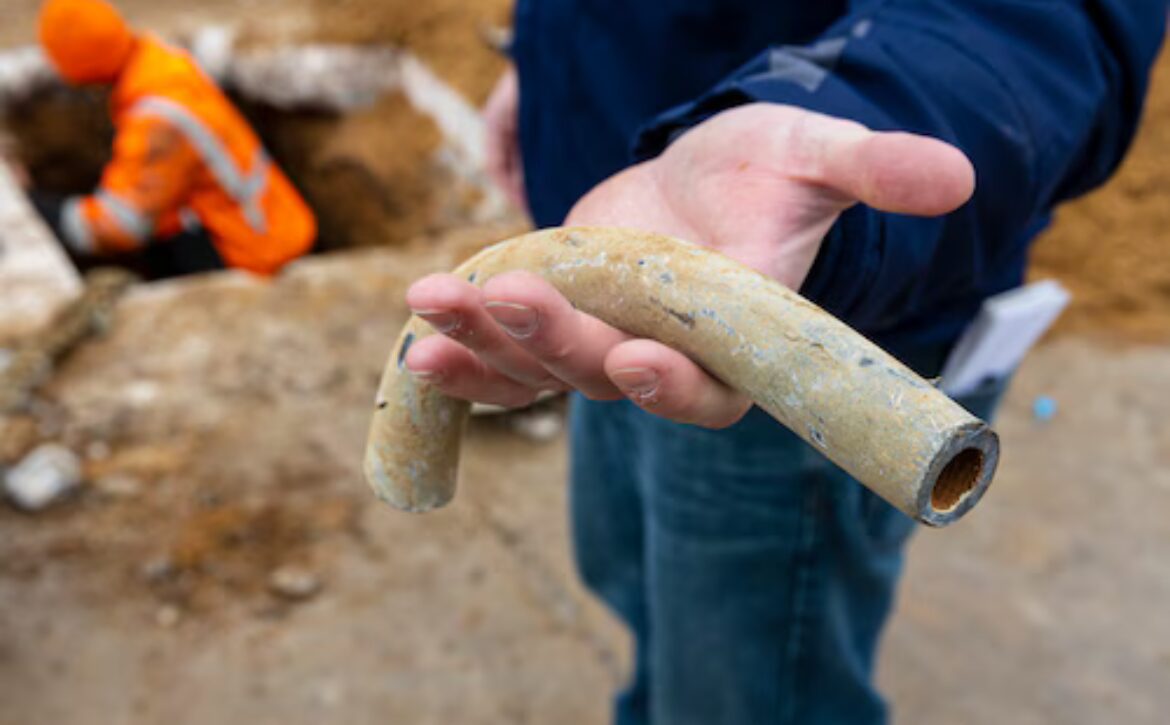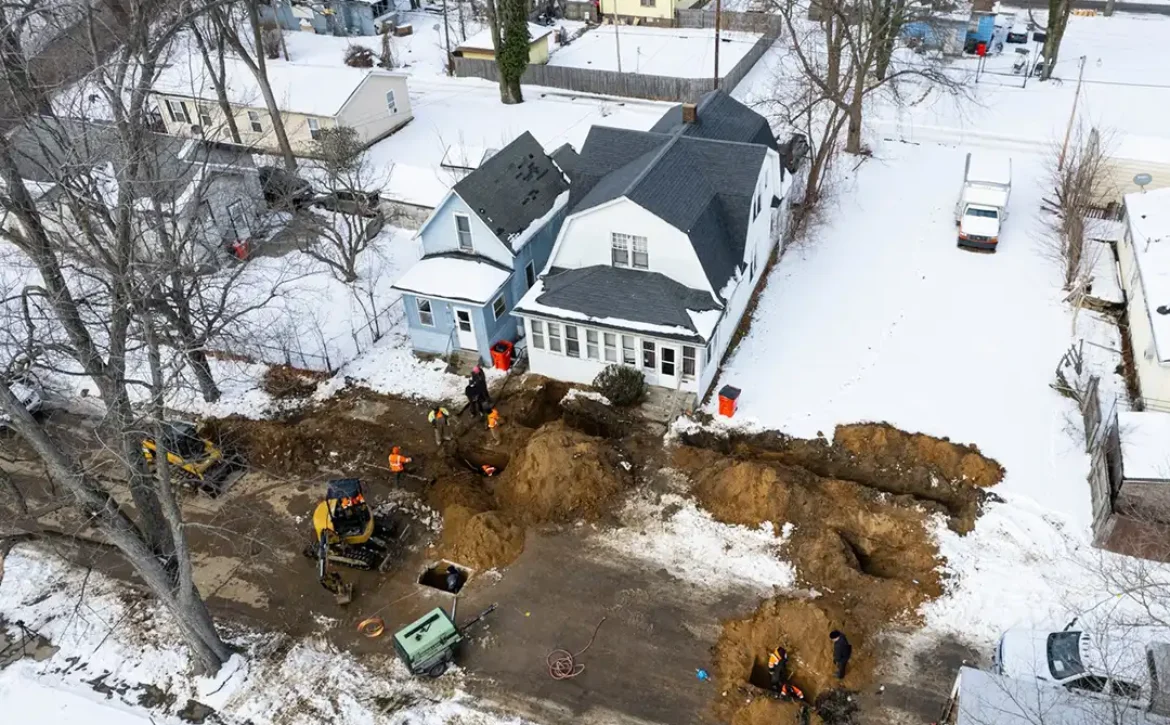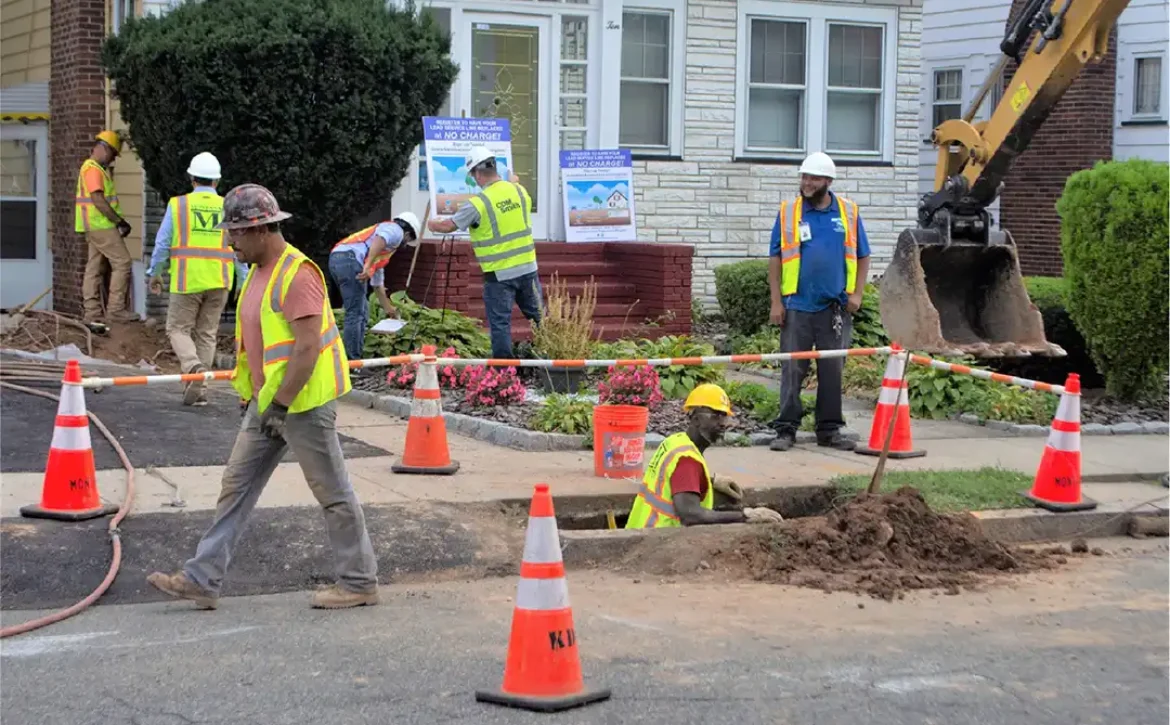St. Paul Regional Water hires 30 new employees to speed lead line replacement
St. Paul Regional Water hires 30 new employees to speed lead line replacement and has grown its workforce by at least 10% to meet the growing need to expand their lead service line replacement program.






